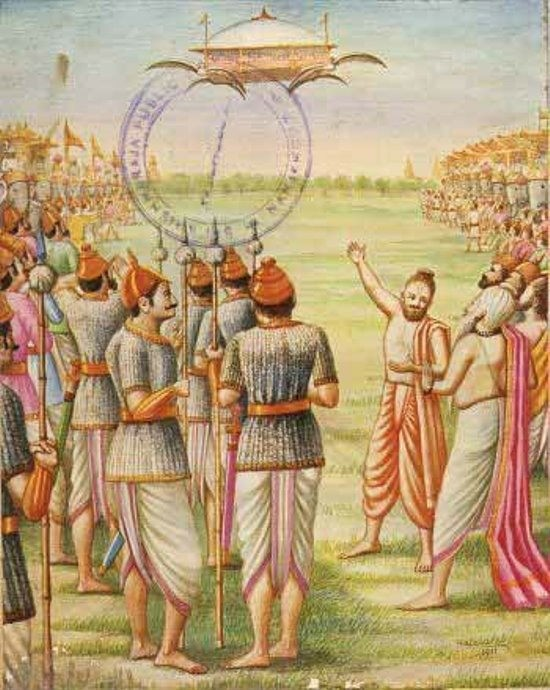Throughout history, humanity has unearthed astonishing artifacts and technologies that challenge our understanding of ancient civilizations. From legendary flying machines to advanced weaponry, these discoveries often blur the lines between myth and reality. Here, we delve into some of the most perplexing ancient innovations that seem almost too advanced for their time, and explore the theories suggesting they may have been influenced by extraterrestrial visitors.
#### The Vimana: Ancient Flying Machines in Indian Epics
In ancient Indian epics, the Mahabharata and Ramayana, there are references to remarkable devices used in epic battles between the Kaurava and Pandava families. Among these devices is the Vimana, described as a sophisticated flying machine capable of soaring across the skies, over land and water, and even traveling to distant lands and worlds.
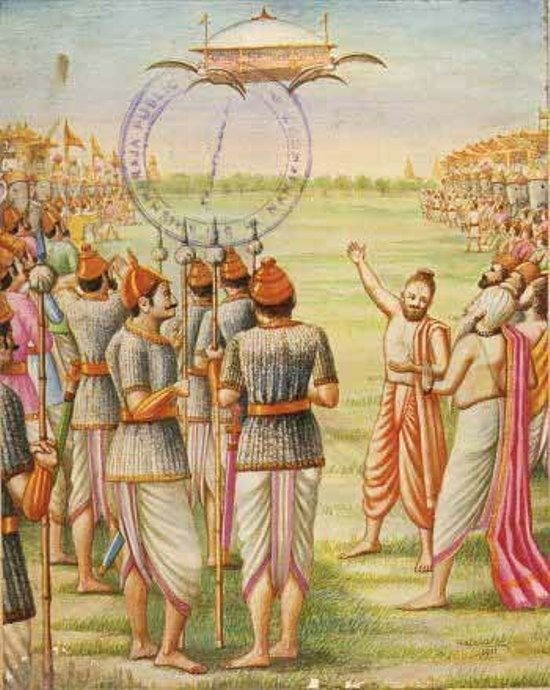
According to the texts, the Vimana was not just a flying vehicle but a marvel of ancient engineering:
> “A device that moves forward on its own power, like a bird, on land, on water, or in the air, is called a Vimana. It can fly high up to the heavens: from here to there, from one country to another, from one world to another.”
The description of Vimanas and their abilities to traverse space and time bears striking similarities to modern accounts of UFOs (Unidentified Flying Objects). Some ancient astronaut theorists speculate that these Vimanas could be evidence of extraterrestrial technology visiting ancient India.
#### The Ezekiel Wheel: Biblical Encounters with Alien Technology?
The Book of Ezekiel in the Hebrew Bible recounts a vision experienced by the prophet Ezekiel, featuring a mysterious flying machine with fire, smoke, and a thunderous noise. The vision describes a “wheel within a wheel” and a vehicle appearing in the sky, surrounded by radiant light.
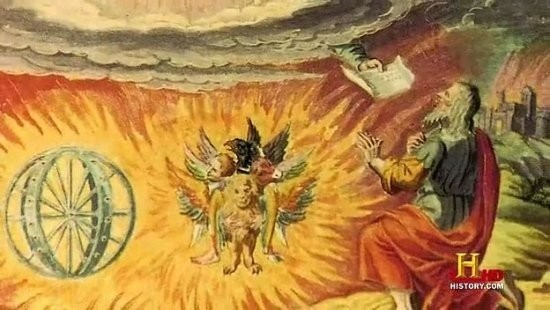
The details in Ezekiel’s account bear a remarkable resemblance to modern descriptions of spacecraft. Some scholars suggest that this could be one of the earliest recorded encounters between humans and extraterrestrials. Similar descriptions appear in other biblical texts, such as Deuteronomy, Ephesians, and Revelation, which mention heavenly chariots and fiery wheels.
The idea that these “angels” might have been advanced alien beings sent to Earth adds an intriguing layer to the interpretation of these ancient texts.
#### The Modern-Looking Swords of the Tomb of Qin Shi Huang
In the tomb of China’s first emperor, Qin Shi Huang, archaeologists discovered ancient swords with remarkable properties. One inscription on a sword states: “This is the sword used by King Goujian of Yue.”
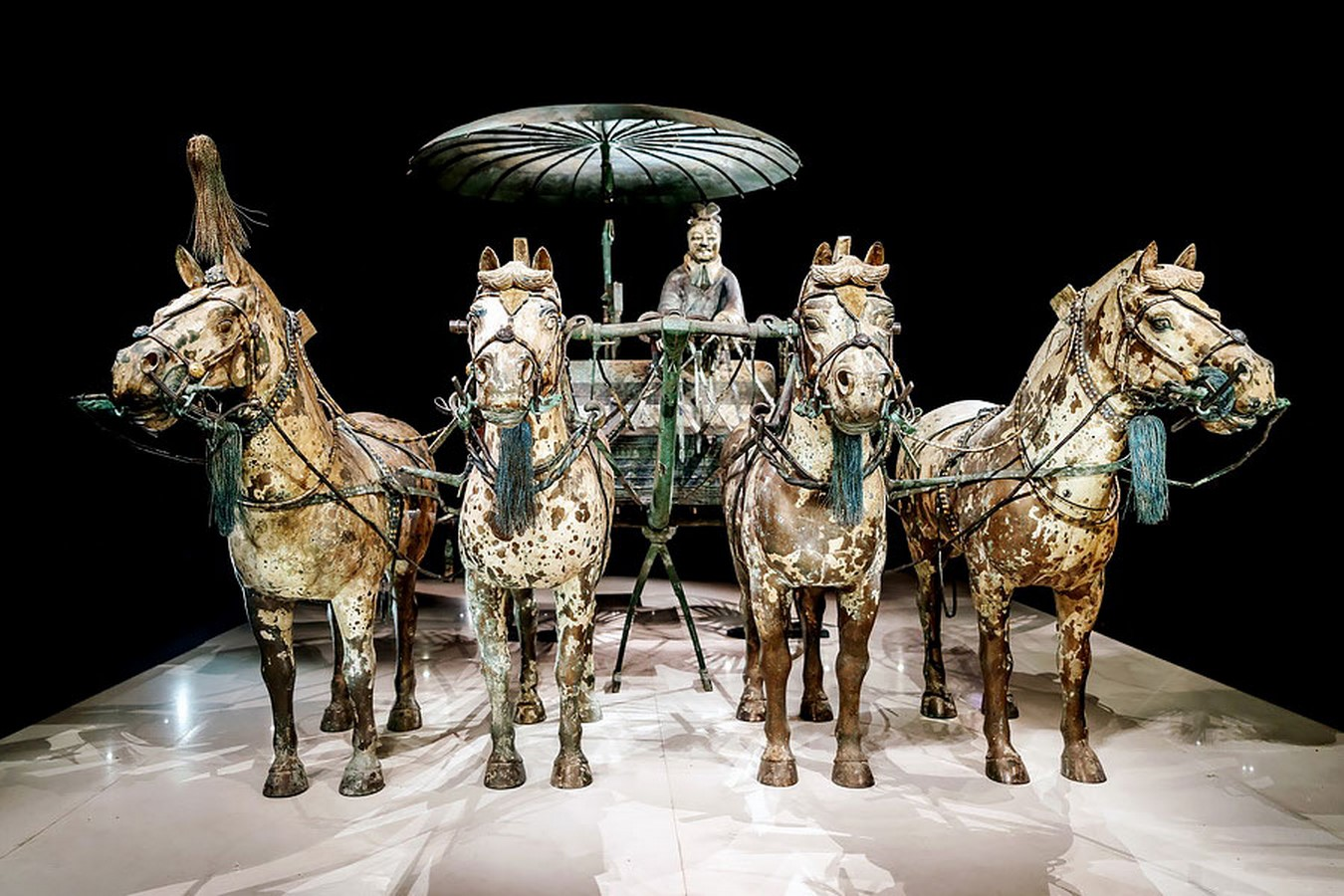
King Goujian (496-465 BCE) was a historical figure from the Spring and Autumn period of Chinese history. The swords, dating over 2,000 years old, are still sharp and shiny, covered in a layer of chromium. Chromium melts at around 4,000 degrees Celsius, and the use of chromium for corrosion resistance was patented much later in Germany (1937) and the U.S. (1950). This raises the question of how ancient metallurgists achieved such advanced technology.
In 1994, similar findings were made with bronze swords that remained in pristine condition. These swords, 86 cm long with razor-sharp edges, were coated with a 10-micron layer of chromium. One sword was found bent at a 45-degree angle but straightened when cleaned, indicating it was made from a superelastic alloy—a material only recently developed for use in high-rise buildings in Japan to minimize earthquake damage.
The sophistication of these ancient weapons, with technology that seems modern, suggests that early Chinese civilizations possessed knowledge that was far ahead of their time.
#### Pacal’s Sarcophagus: An Ancient Astronaut?
King Pacal, the ruler of the Maya civilization during the 7th century, was interred in an intricately carved sarcophagus that has puzzled scientists for decades. The carvings on the sarcophagus depict what some interpret as an astronaut and a spacecraft, with Pacal operating controls and wearing a helmet, surrounded by flames resembling engine exhaust.
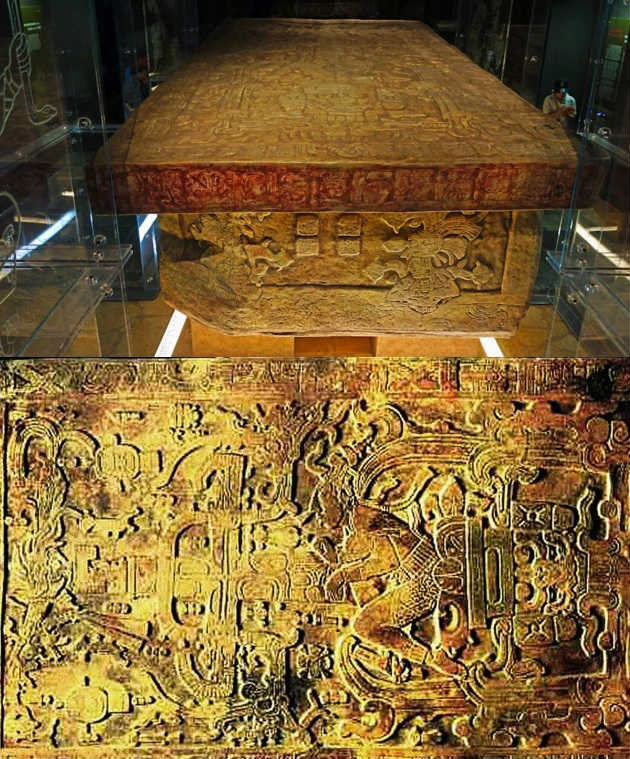
Interpretations of these carvings vary, with some suggesting that the “astronaut” is actually Pacal, and the “helmet” is merely a decorative element. The flames are interpreted as corn roots, symbolizing the Maya’s reverence for corn as a vital food source.
However, the resemblance to modern depictions of spacecraft has fueled theories about ancient extraterrestrial contact, proposing that the Maya had contact with advanced beings who influenced their cultural symbols and artifacts.
The exploration of these ancient inventions and artifacts reveals a fascinating intersection between history, technology, and mythology. From the Vimanas of ancient India to the advanced swords of the Qin dynasty and the enigmatic carvings of Pacal’s sarcophagus, these discoveries challenge our understanding of what was possible in the ancient world. Whether influenced by extraterrestrial technology or the result of unknown ancient advancements, these artifacts continue to captivate and inspire curiosity about the true extent of human ingenuity and its potential connections to otherworldly civilizations.

